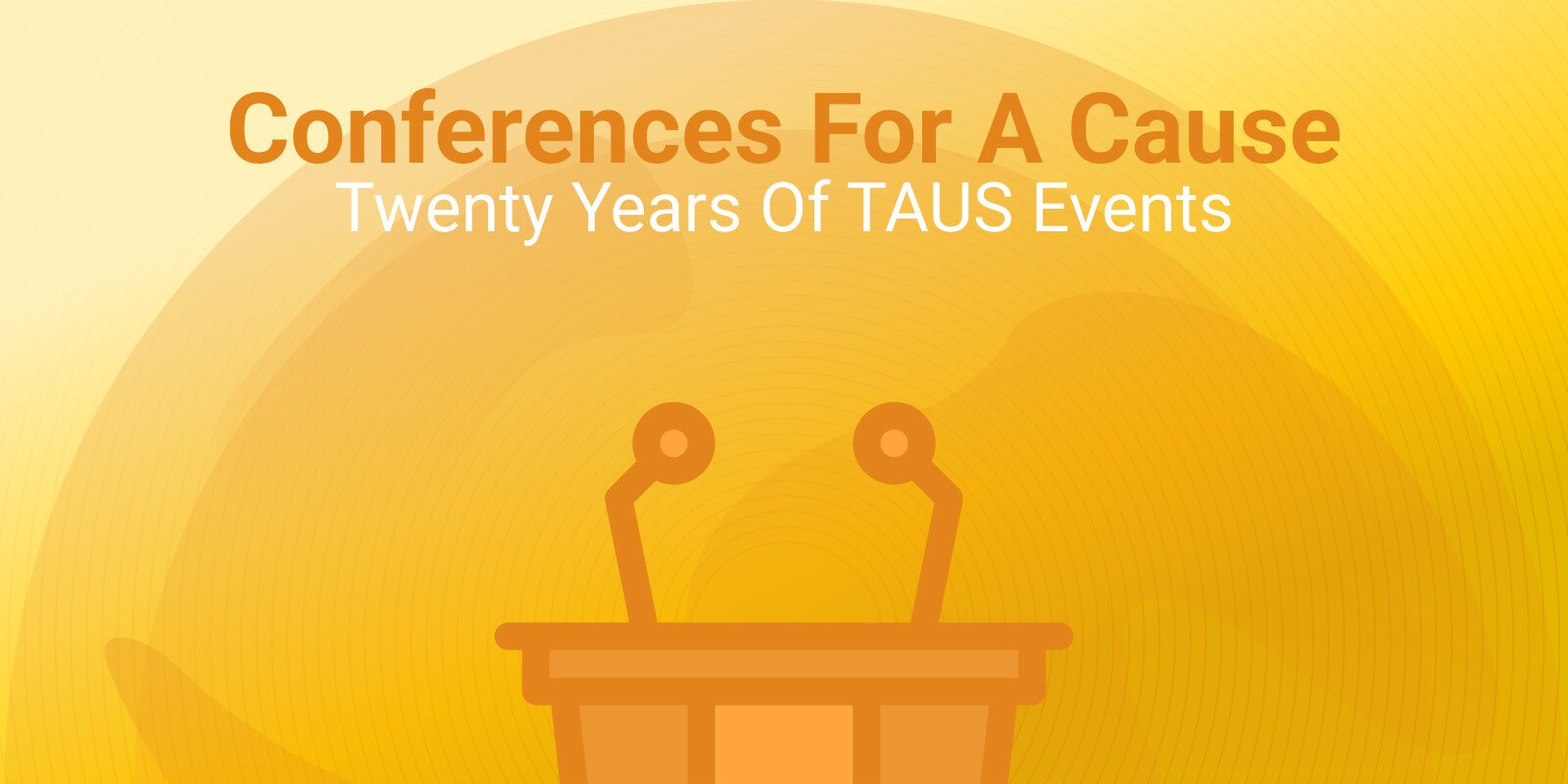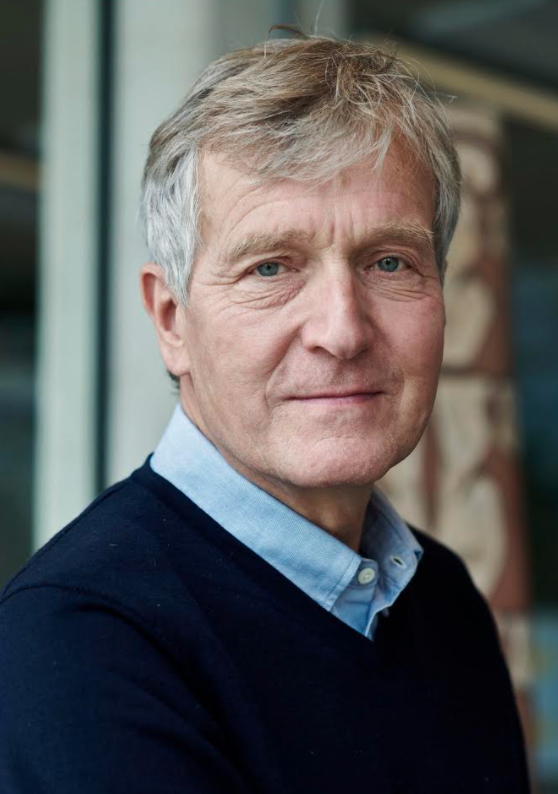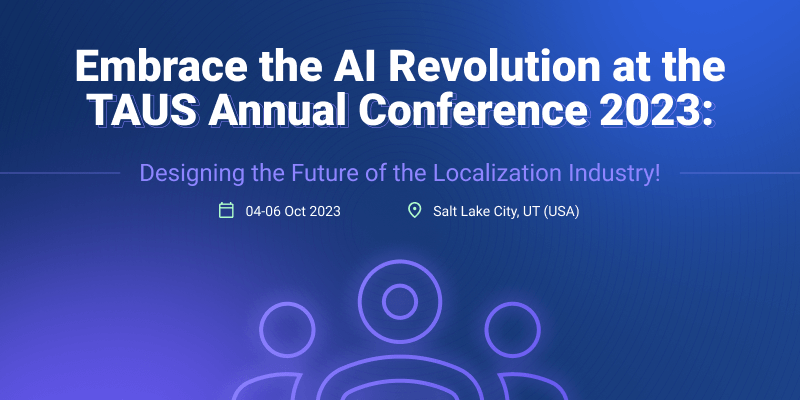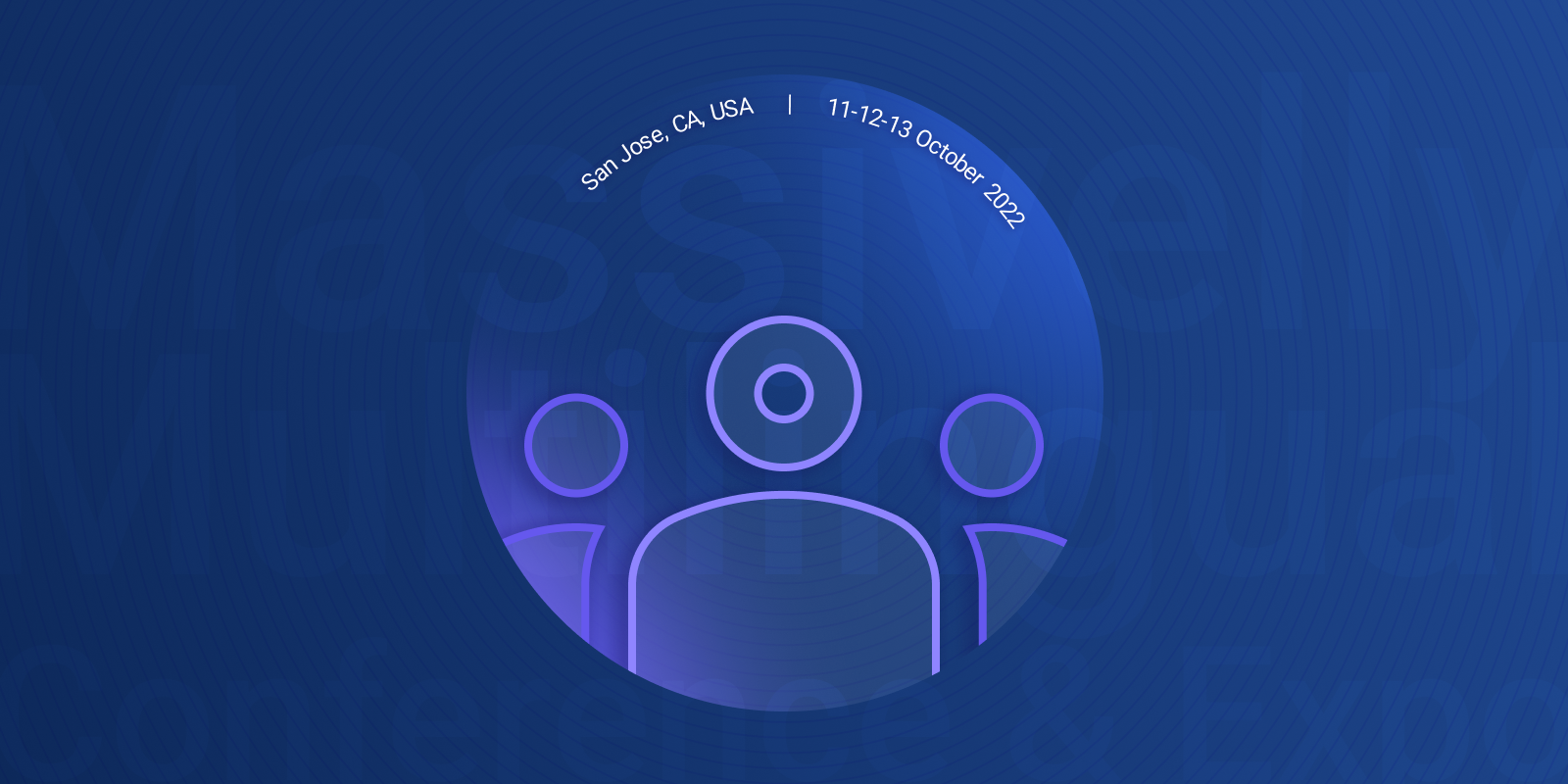Treaded paths and new horizons - impressions of the TAUS Vienna Roundtable

What is going to make working in localization more manageable and controllable in 2016? A summary of the TAUS Roundtable in Vienna, 2016.
 On 15 March, the Imperial Riding School Renaissance Hotel in Vienna was transformed into a battlefield of ideas on new trends and topics related to translation automation during a TAUS Roundtable meeting. The Roundtable was organized around questions on the market viability of translation data, on innovative ways of measuring localization effectiveness and on machine translation quality.
On 15 March, the Imperial Riding School Renaissance Hotel in Vienna was transformed into a battlefield of ideas on new trends and topics related to translation automation during a TAUS Roundtable meeting. The Roundtable was organized around questions on the market viability of translation data, on innovative ways of measuring localization effectiveness and on machine translation quality.
In the previous TAUS World Tour, participants debated certainties and uncertainties for the future of translation. They concluded that certain content will keep growing explosively, that there is a shift towards speech, video and mobile devices and that the pressure to real-time delivery is increasing. In this new series of Roundtables planned for the coming months, participants discuss “Game Changers of Localization”: Who and what are the game changers? And what is going to make working in localization more manageable and controllable in 2016?
These were the questions posed by Jaap van der Meer as well during the opening session of the Roundtable. As host-organizer of the Vienna Roundtable and director of TAUS, he kicked off the event by welcoming the participants and saying: “We will try to find answers to these questions. Maybe a breakthrough will happen here today”. He continued his talk by giving an overview of various translation technologies in the last four decades making predictions for the next decade to come in which “the cloud will become irresistible.”
In the first session, the TAUS Data Landscape Report was presented by Jaap, followed by an interesting talk on the CEF project’s aims and results by Kim Harris from text&form. And yes, we heard yet another call for data sharing. In the discussion that followed, various parties explained that they would be prepared to share data but also expressed their concerns: Where does the data go? How and when will they benefit? Why can’t it be anonymous? This last point was discussed in detail. Anonymizing data is a difficult task to do, especially without sacrificing the guarantee that the resulting datasets will be usable.
The next session consisted of fast-paced presentations on translation quality evaluation and productivity measurement. One big change as opposed to previous years is the increasing need of collecting, analyzing and comparing quality and productivity data. This need was shared by all participants from the buyers to the vendors, from small companies to large enterprises. To improve this you need to control your processes. To control them you need to measure them. The TAUS Quality Dashboard will be a convenient tool available to the whole industry to turn translation data into business intelligence.
Similar conclusions were reached in the third session, on MT quality. Not just the speakers, but also the audience engaged in the discussion on new data-points that could be useful to measure and improve MT. We have seen some interesting trends related to the popularity of publishing raw MT content and a new method for quality estimation.
In the last session, two “game changers” conquered the stage with the aim of disrupting the translation market. Text United, an older player, promising “a new, chaos-free way to get translations for your whole business” and Say-Hello where you can “order and receive translations from native speakers around the world”. As usual at TAUS events, the audience could enjoy a premiere: Say-Hello, a new service, was born as we spoke! It launched with an online purchase at the Roundtable. As the founder of the company explained, it took almost 2 years of pregnancy to arrive at this point of birth. Say-Hello and other similar services want to “Uber-ize” the translation industry. Whether they will manage is still a question to be answered, perhaps at one of the TAUS Roundtables next year. One thing remains undisputed: by offering a platform for new companies to showcase their product or service, TAUS is becoming a major accelerator for translation technology start-ups.
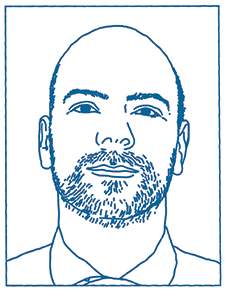
Attila Görög worked in various national and international projects on language technology. He had a solid background in quality evaluation, post-editing and terminology management. As Director of Enterprise Member Services, he worked mostly with large enterprises involved in the TAUS community and hosted TAUS user groups until 2017.
 by Şölen Aslan
by Şölen Aslan